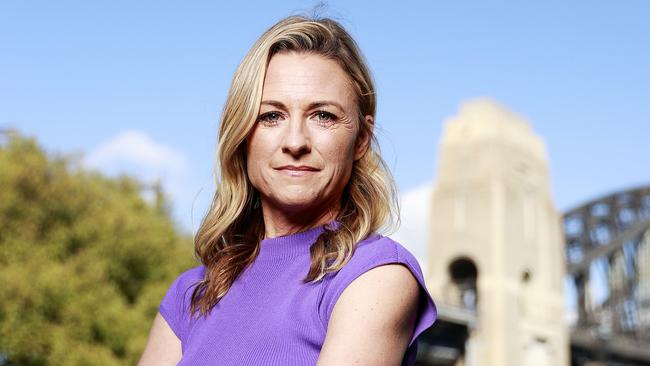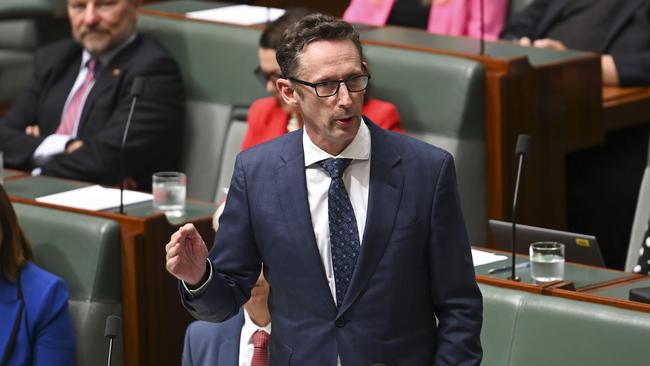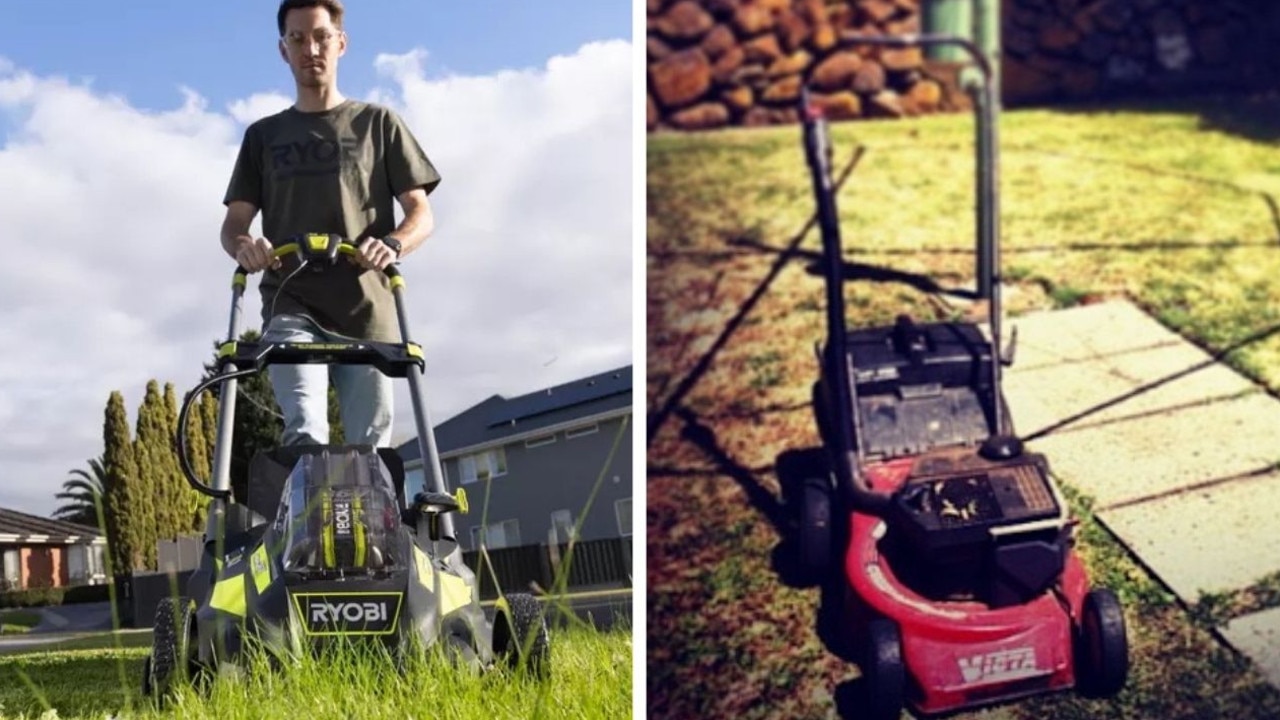
It’s been the one and only attempt to allow home buyers to use their super to fund a property purchase and it’s a flop. The First Home Super Savers scheme should be closed down or entirely redesigned.
As it stands, this Morrison government-era scheme, launched in 2018, is an “orphaned asset”.
The Albanese government ignores it, never promotes it and yet thousands of earnest savers are lured into it trying to make it work every year.
New figures from the ATO show that about 30,000 people have tunnelled through a bureaucratic nightmare to use the scheme, but the evidence is mounting that they are wasting their time.
Sally Tindall, the head of research at RateCity which gathers data on comparable government home grant schemes, says: “You’d really need an accountant on board to use it – the whole thing needs to be entirely overhauled.”
But the reality is that federal Finance Minister Stephen Jones typified the government view when he said: “Some would say that housing affordability can be addressed by raiding super but this policy is the new clothes of an emperor who does not believe in superannuation.”

The scheme is the least popular of the federal home-assistance schemes. The First Home Guarantee Scheme is the most popular, whereby a government guarantee means the applicant does not have to pay mortgage insurance.
Still, every year applicants are ready to confront the absurdly complex rules of the FHSS just to get into the highly priced housing market.
Once they enter the scheme, many are then hit by unexpected outcomes such as higher personal tax rates and more complex tax returns.
Correspondence to The Australian’s Money Puzzle podcast reveals younger homebuyers are struggling with the scheme.
Kerry (full name withheld) – a participant since 2018 – who just completed six years of waiting to take advantage of the scheme, says: “At the stage of buying my house, my deposit was almost exactly the same as it would have been if I saved outside of the scheme.
“I will be slightly better off in the long run (noting I should get some tax back this year), but it is most definitely not worth the effort of running around over the last six years.”
Politically, the scheme is stuck between a rock and a hard place. The ALP is against money coming out of super for non-retirement needs; the Coalition supports using super for housing.
As the The Australian said at the time the scheme was opened up in 2018, “the scheme looks like it will really only help well paid, extremely well organised first-home buyers who act together as a couple and buy a house where the owner is not in a rush to sell”.
Under current rules, the FHSS scheme allows you to make voluntary contributions before or after tax up to a certain amount – $15,000 a year or $50,000 in total. In a significant limitation, super earnings inside the scheme are “deemed” to return about 4.7 per cent a year. In reality your super fund or an SMSF would have done better over most years.
First-home buyers also find the scheme creates unforeseen headaches with extra tax obligations.

The scheme has been sold on the basis that when you finally get money out of the arrangement it is withdrawn at your marginal tax rate, less a 30 per cent offset. But the withdrawal is counted as income for tax purposes, often pushing the applicant into higher tax brackets – another example of so-called bracket creep.
Financial adviser and contributor to The Australian James Gerrard says: “Unless they start all over again with this scheme, it seems to me it’s more trouble than it’s worth.”
As the FHSS scheme struggles, the government is pressing ahead to try to get its pre-election promise of a “shared home equity” scheme through parliament. The scheme would allow first-home buyers share ownership with the government which could take up to 40 per cent share of the home equity. The plan is being opposed by the Greens.







